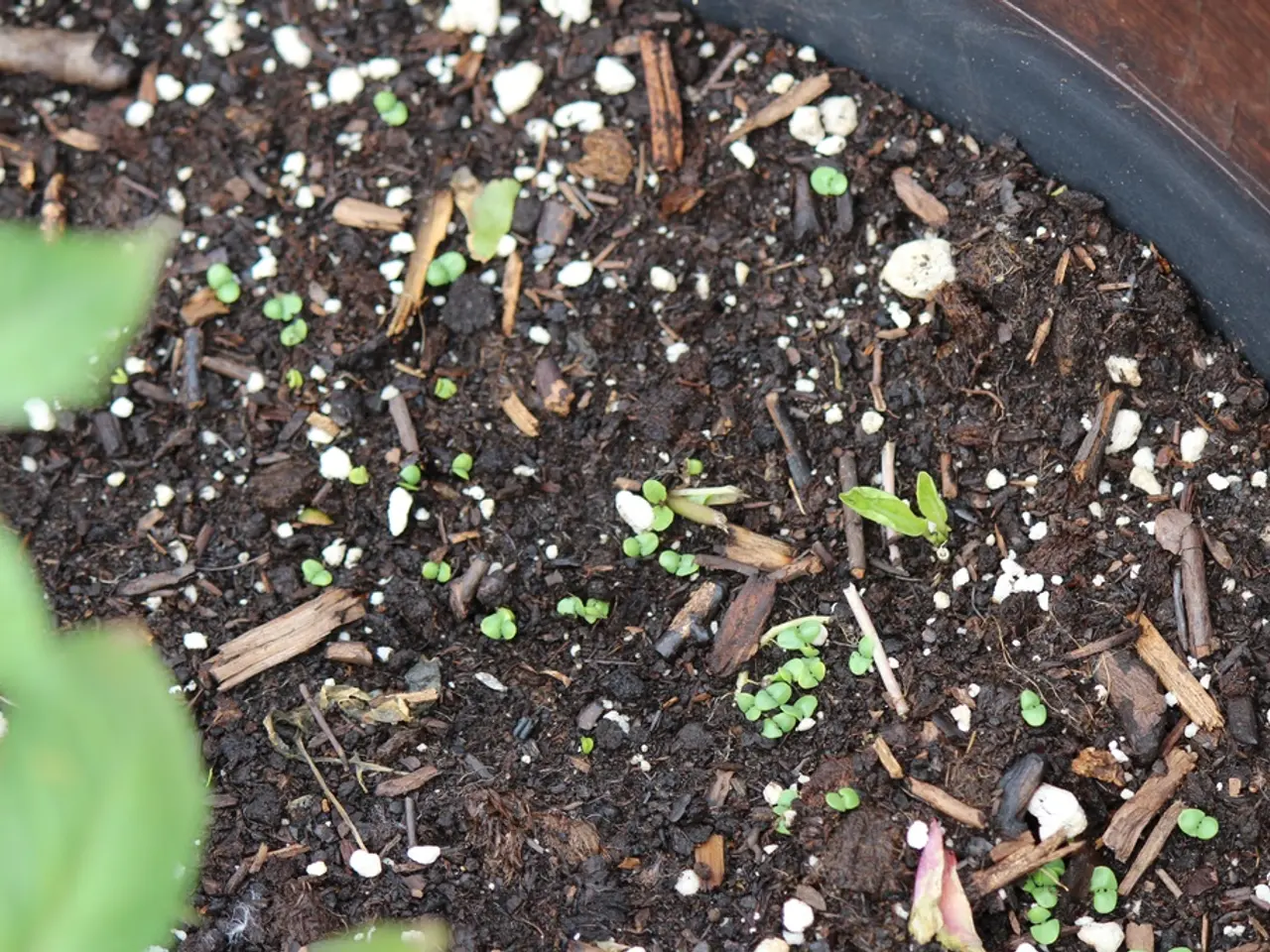Soil and Plant Enzymes: A Harmonious Combinations?
In the intricate web of soil ecosystems, enzymes play a pivotal role, aiding in simple tasks like removing dead roots and complex ones like assisting in hormone biosynthesis. One of their most significant contributions, however, lies in their ability to aid in the remediation of polluted soils and the enhancement of soil health.
Soil enzymes, such as those derived from sweet soil, are sensitive to management practices and environmental factors, making them valuable indicators of soil health and ecosystem processes. They contribute significantly to creating a favorable environment for pollutant degradation and soil health improvement.
Enzymes enhance microbial activity, accelerating processes that aid in the debromination and dissipation of pollutants like BDE-209. For example, soil enzymes such as polyphenol oxidase and urease promote a more active microbial community in the soil, facilitating pollutant breakdown.
In addition, enzymes secreted by certain bacteria, like phosphatases, help mobilize nutrients and degrade organic pollutants, particularly in phosphorus-depleted soils where specialized microbial consortia thrive. This enhances nutrient mobilization, aiding in soil enrichment.
In the realm of phytoremediation, enzymes produced by endophytic bacteria can assist plants in degrading pollutants. For instance, strains like *Stenotrophomonas* and *Pseudomonas* have been shown to degrade hydrocarbons, supporting plant growth in contaminated soils.
Enzymes also break down impurities such as heavy metals, polyphosphate rocks, urea, and starch residues, contributing to the remediation of polluted soils. They act as biocatalysts, accelerating biochemical reactions necessary for plants and rhizobacteria while stabilizing the soil.
Moreover, enzymes like cellulase break down cellulose in crop residue, providing nutrients for the soil, and amylase breaks down complex polysaccharides like starch into simpler sugars, promoting plant growth. Lipase breaks down lipids and fats into simpler forms for plant absorption, further aiding in nutrient cycling and improving soil fertility and crop yield.
The activity of soil enzymes is influenced by various environmental factors, including soil moisture, temperature, pH, and the availability of water. By understanding these factors, we can better manage and optimise soil enzyme activity, leading to improved soil health and pollution remediation.
In agriculture, enzymes are used to increase crop production, soil fertility, and food protection. The addition of specific enzymes to the soil can promote plant growth and development, making them valuable tools in sustainable farming practices.
In conclusion, soil enzymes are nature's helpers, playing a crucial role in pollution remediation, soil health improvement, and agricultural productivity. Their potential in enhancing soil health and sustainability is vast, making them an essential focus for future research and sustainable farming practices.
[1] BDE-209 is a brominated flame retardant. [2] Specialized microbial consortia are communities of microorganisms that work together to degrade organic pollutants. [3] Phytoremediation is a process by which plants are used to remove pollutants from soil, water, or air. Endophytic bacteria are bacteria that live within plant cells. Hydrocarbons are organic compounds that consist only of hydrogen and carbon atoms.
Enzymes, such as cellulase and amylase, are not only essential for breaking down impurities but also work towards enriching the soil by providing nutrients and promoting plant growth. As part of health-and-wellness and fitness-and-exercise, maintaining soil enzyme health contributes to nutrient cycling, improving soil fertility, and increasing crop yield, similar to how personal health decisions affect overall well-being. Furthermore, the science behind soil enzymes, such as the degradation of pollutants like BDE-209 or the role of endophytic bacteria in phytoremediation, aligns with the principles of health-and-wellness and nutrition, emphasizing the importance of balanced systems for optimal functioning.




